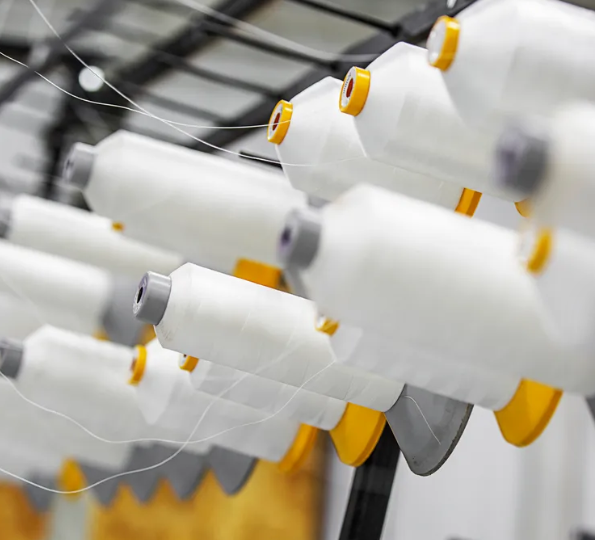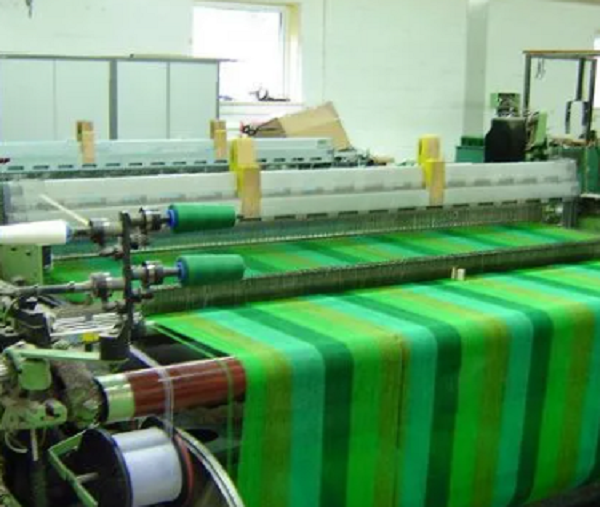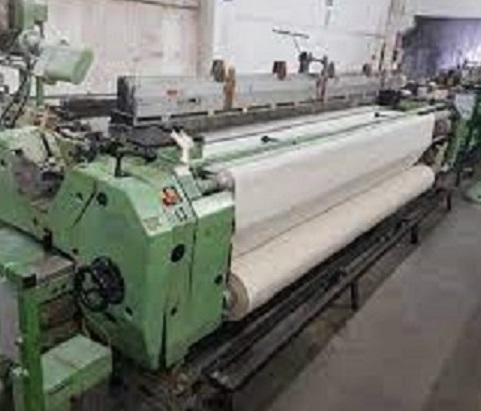GOLDEN FIBER and FABRICS is an ethical clothing and fabrics manufacturer in Bangladesh with a vision to provide the fashion industry with a manufacturing solution to social and environmental issues at the heart of its business.
YARN PREPARATION
The yarn preparation process can be defined as the transfer of spinning yarn from one package to another large package (cone, spool, etc). On the other hand, it can be defined as the transfer of yarn from a ring bobbin, hanks, etc. into a convenient form of a package containing a considerable long length of yarn.


WARPING & SIZING
Warping is the process of preparing the warp yarns, which are the lengthwise threads that run the full width of the fabric. The warp yarns are wound onto a beam and arranged in the proper sequence and tension to ensure a smooth and even fabric.
Sizing is the process of applying a sticky coating to the warp yarns to strengthen and stabilize them for weaving. The sizing solution typically includes ingredients such as starch, glue, and other additives to improve the strength and handling properties of the yarns.
WINDING
Winding is a process in the textile industry that involves winding yarn or thread onto a bobbin, cone, or other type of spool. It can be performed using a variety of winding machines, including ring winding machines, traverse winding machines, and sectional winding machines. The choice of machine depends on the type of yarn, the desired winding package, and the scale of production.


DENTING & LOOMING
Denting and looming are two important steps in the textile manufacturing process that occur during the preparation of the yarn for weaving.
Denting is the process of arranging the warp yarns in the correct sequence and tension for weaving. This is done by inserting metal or plastic rods, called denting tools or heddles, into the warp yarns in a specific pattern. Loom is a machine used for weaving fabric, and looming is the process of using a loom to weave the fabric. The loom holds the warp yarns in place and interlaces them with the weft yarns to produce the woven fabric.
WEAVING
Weaving is a process in the textile industry that involves interlacing two sets of yarns, the warp and the weft, to create a woven fabric. The warp yarns run lengthwise in the fabric and are held under tension on a loom, while the weft yarns are woven across the width of the fabric, interlacing with the warp yarns in a specific pattern to create the fabric structure.


FABRIC INSPECTION
Fabric inspection is an important step in the textile manufacturing process that ensures the quality and consistency of the final product. The purpose of fabric inspection is to identify and correct any defects or variations in the fabric that may impact its performance or appearance.
The fabric inspection process is usually performed by trained and experienced inspectors who use specialized tools and equipment to measure the fabric’s properties and identify any defects.
DELIVERY
The delivery process is the final step in the textile manufacturing process, where the finished fabric is transported from the manufacturer to the customer. The delivery process is an important part of the overall supply chain, as it helps to ensure that the fabric is delivered on time and in the correct condition.
The delivery process may also involve the preparation of customs and export documentation, if the fabric is being shipped to a different country.

